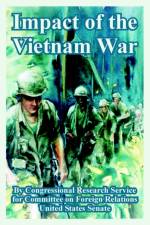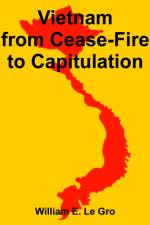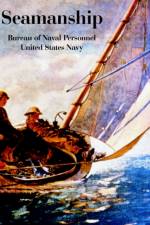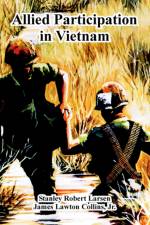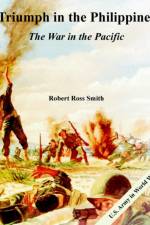von States Senate United States Senate, Research Congressional Research Service & On Forei Committee on Foreign Relations
17,00 €
This survey by the Library of Congress collects a broad range of information detailing the enormous costs-in human and material resources-incurred as a result of the war in Indochina. The compilation of this information will, I hope, serve to bring into perspective and to clarify the stark implications of United States policy toward this region. The casualty and refugee figures are sadly familiar from the daily newspapers. However, many of the other items also illustrate the profound effect of the war and may not have received the attention they deserve. For example, it is estimated that chemical herbicides have been applied to nearly one-seventh of South Vietnam (6 pounds per person), thereby destroying enough food for 600,000 people for 1 year and enough timber to meet the needs of the country, based on current demand, for 31 years. In South Vietnam agricultural productivity has been lowered; inflation is rampant (Saigon's retail prices having increased by over 700 percent since 1965); and last year the balance, if it can be called that, of trade showed approximately $600 million of imports versus exports of only $12 million. Nevertheless, although this report documents many of the measurable consequences of the war, it cannot reveal the intangible costs which in the long run may be of far greater significance. The survey spells out the casualty figures-827,000 U.S., South Vietnamese, and allied military personnel, over a million civilian casualties in South Vietnam, and countless thousands in Laos and Cambodia, and it is estimated that a third of the population of South Vietnam have become refugees in the course of the past 7 years. But those figures merely hint at the vast destruction of the social fabric and economies of Indochina wrought as a consequence of this tragic war. There is no way of measuring the true cost of a shattered social structure, lost opportunities for development, persistent inflation, black marketeering, corruption, and prostitution. The survey recalls our attention to the 296,000 wounded Americans, but it cannot document the psychological effects of war on the two million who have returned physically intact. Nor can it quantify the effects of this experience on U.S. society-not only the direct economic costs realized through our own inflation, high interest rates and balance-of-payments deficits, but also the intangible costs in terms of erosion of respect for the law, further disruption of the constitutional system of checks and balances, increased distrust of Government, and the growing use of violence as a political tool. These indirect and intangible consequences of the war will have an enduring effect on our future. It is ironic that the war which started, ostensibly, as one to defend freedom and democracy in South Vietnam may have the effect instead of seriously undermining democracy in the United States. In retrospect it is tragically clear that the almost $200 billion estimated by this study to be the cost of the war accrued so far would have been better devoted to solving the problems of our own society, rather than in pursuit of a futile military adventure which has served only to exacerbate them.J. W. FULBRIGHT, Chairman.


